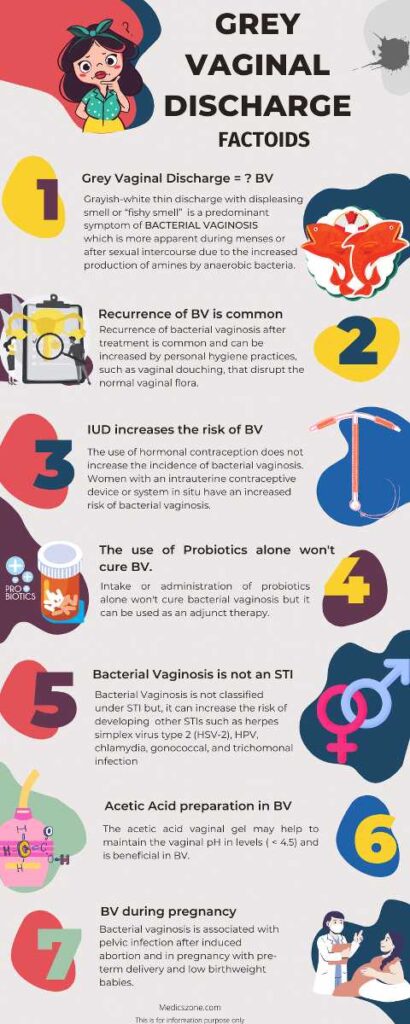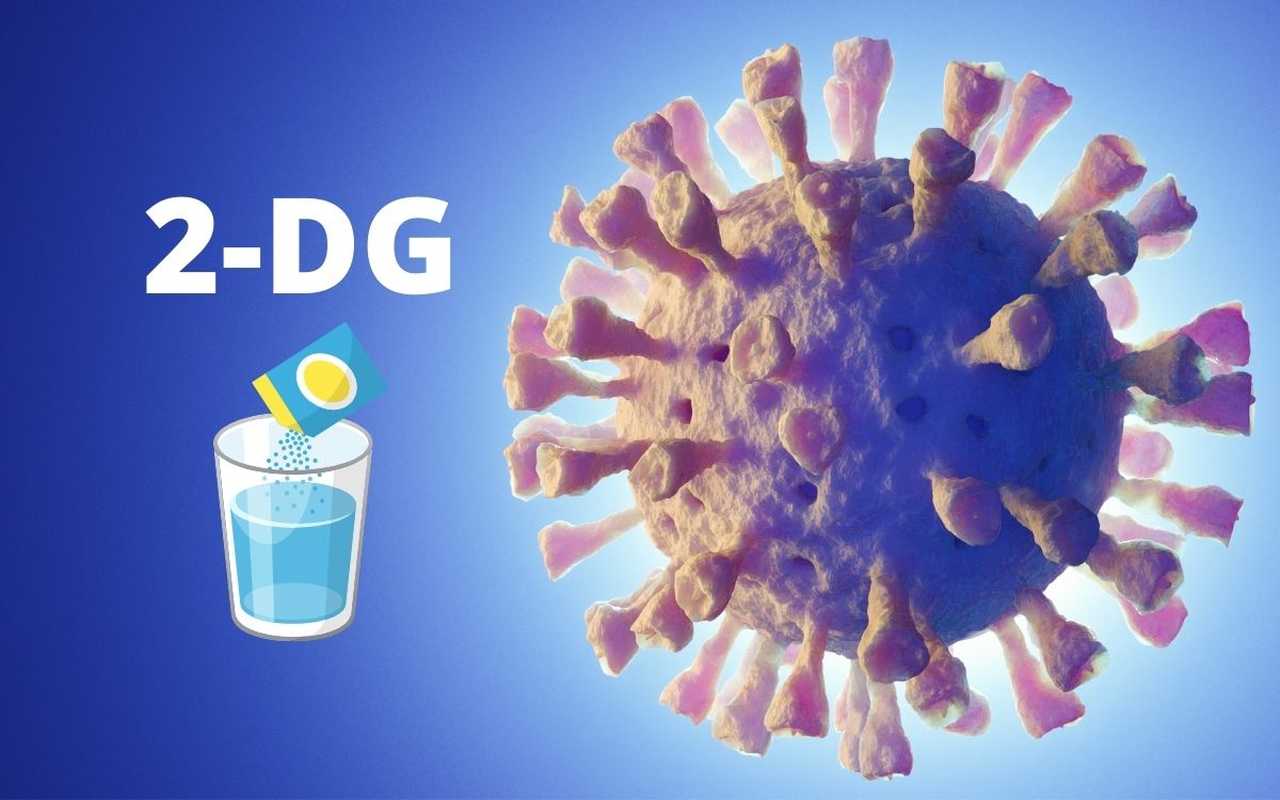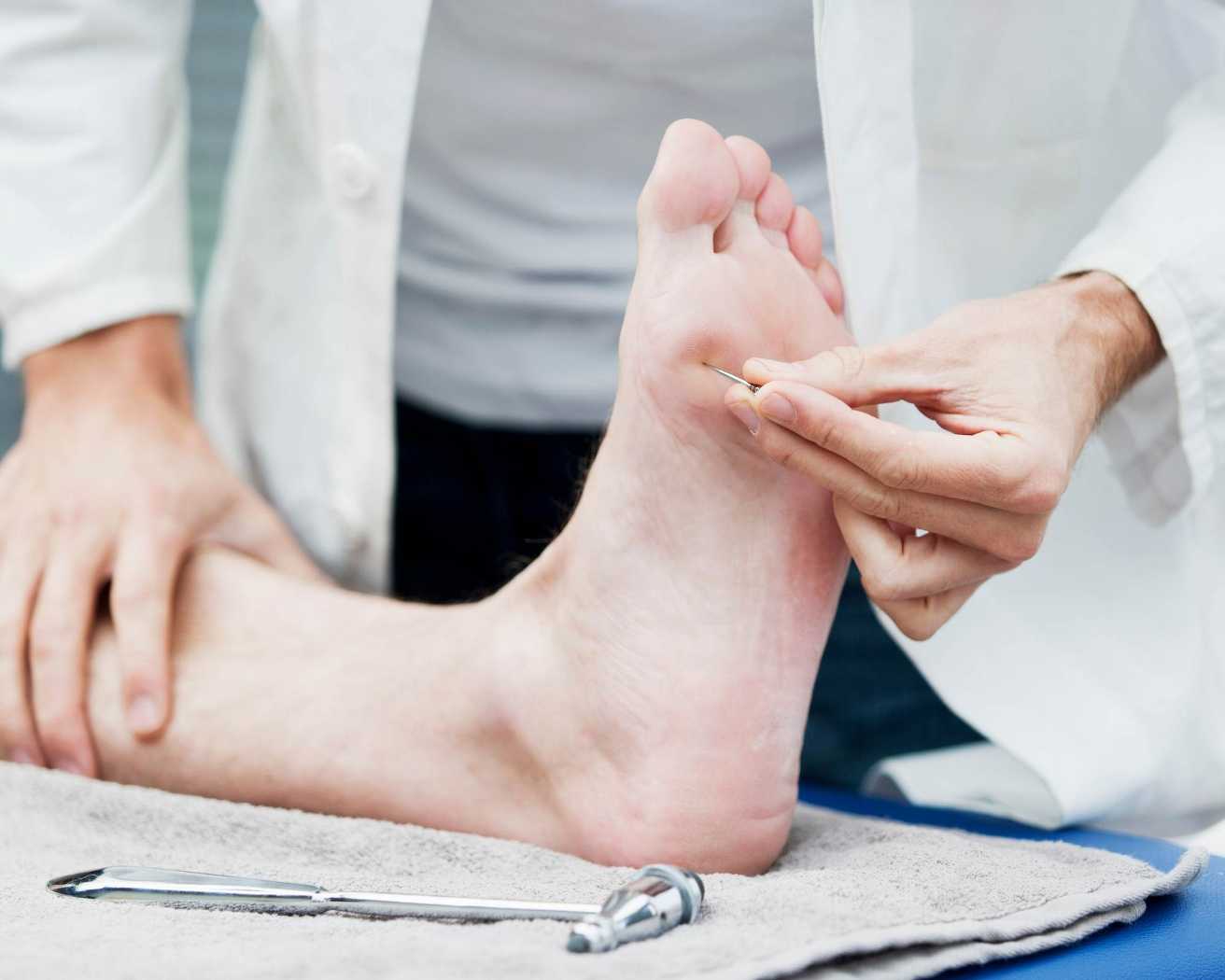A thin, sticky, grayish-white vaginal discharge with a displeasing odor or fishy smell is the common symptom of Bacterial Vaginosis. As the name suggests, bacterial vaginosis is an infection caused by harmful bacterias that outnumbers the good bacterias (Lactobacillus spp.) already present in the vagina.
Women may experience vaginal discharge at various stages of their life due to hormonal fluctuation, which is totally normal and may differ from woman to woman. The Normal vaginal discharge appears to be clear, odorless, and milky white.
On the other hand, vaginal infections and some vaginal hygiene practices such as frequent vaginal douching, perfumes, and soaps to cleanse the private area may cause abnormal vaginal discharge, which comes with unnatural color and malodourous accompanying concomitant symptoms.
What is bacterial vaginosis?
Since white to grey vaginal discharge with a fishy odor is one of the primary symptoms of Bacterial vaginosis, we should know about the condition called bacterial vaginosis.
Bacterial Vaginosis (BV) is an infection caused due to imbalance in the vaginal microbiome that is a reduction in Lactobacillus spp (good bacterias) and overgrowth of specific harmful bacterias in the vagina.
Vagina has innate colonization of good bacterias (Lactobacillus spp.) that produce antimicrobial-like compounds that are toxic to a range of potentially harmful germs and inhibit their growth; These good bacterias also aid in maintaining the vaginal pH in acidic nature (<4). A slight disruption in this settlement may cause an imbalance in the vaginal microflora and lead to vaginal infections such as bacterial vaginosis.
What causes bacterial vaginosis?
As bacterial vaginosis is caused due to an imbalance on the vaginal microbiome, women having the following practices or behaviors are more prone to bacterial vaginosis and its frequent recurrence.
- Having an Intrauterine contraceptive device
- Performed previous unsafe abortion
- Having multiple lifetime sexual partners
- BV is common in HIV-positive women.
- Frequent douching and using perfumes, soaps, and bubble baths to cleanse the vagina.
- Having a new sexual partner
- Women with prior history of preterm births
- Regular voluntary termination of pregnancy
- Smoking
- Unprotected intercourse
- Common among lesbians
What are bacterial vaginosis symptoms?
The common symptoms of bacterial vaginosis include
- Grey or grey-green vaginal discharge tends to be watery and often frothy.
- Malodourous or fishy-smelling vaginal discharge may vary in intensity during the menstrual cycle, becoming worst at mid-cycle and worst after intercourse.
- Itching around the genital area and in the vagina.
- Some may experience pain and burning sensation in the vagina and intense pain after having intercourse.
- Burning sensation while urinating
Two-thirds of women with bacterial vaginosis may not experience any of its symptoms.
Can men get bacterial vaginosis?
Men are at no risk of getting bacterial vaginosis from the affected partner or capable of spreading the infection to the female companion through sex or other various measures because the bacteria responsible for BV do not persist in men.
Note: BV is not a sexually transmitted infection
Bacterial vaginosis during pregnancy
Bacterial vaginosis is a significant health concern in pregnant women. Bacterial vaginosis in early pregnancy leads to preterm delivery (gestation within 37 weeks) and delivery of an infant with low birth weight.
In a study conducted, half of the BV-positive pregnant women were found asymptomatic. Hence proper screening for BV and other genital tract infections during early pregnancy is highly recommended to avoid adverse outcomes.
Recurrence of bacterial vaginosis
The recurrence rate of bacterial vaginosis is high in women who already had BV, even if treated with short-course antibiotics. Hence, the specialists always prefer long-term antibiotic courses with adjuvant therapy to minimize the possibility of recurrent bacterial vaginosis.
Bacterial Vaginosis- associated diseases
If left untreated or in severe nature, bacterial vaginosis may lead to adverse reproductive health outcomes that include
- STIs ( Herpes simplex, Chlamydia, Gonococcal & Trichomoniasis)
- Pelvic Inflammatory Disease
- Preterm Birth
- Miscarriage
Bacterial vaginosis Vs. Yeast infection
Symptoms and characteristics of vaginal yeast infection and bacterial vaginosis are similar, leading to difficulty in diagnosis. Except for the grey vaginal discharge and fishy-odor in bacterial vaginosis, all other symptoms are similar to vaginal yeast infection.
The unusual color (grey) is due to a collection of bacteria, white blood cells, and cellular waste products.
Vaginal discharge with comorbid symptoms such as fever and abdominal pain may indicate gonorrhea, chlamydia, upper genital tract infection, or urinary tract infection. Primary herpes may also cause fever and malaise.

How to diagnose bacterial vaginosis?
There are two standardized tests to diagnose bacterial vaginosis
- Amsel’s clinical criteria
- Nugent scoring system
Amsel's clinical criteria
In Amsel’s clinical criteria, among the following 4 characteristics, 3 of them are required to determine BV positive.
- Homogeneous and milk-like vaginal fluid.
- Increased vaginal pH
- Fishy odor
- Observation of clue cells through microscopy
Nugent scoring system
Nugent scoring system is based on quantitative analysis of different types of bacteria. This laboratory-based approach uses a scoring system, in which the scores of 0–3, 4–6, and 7–10 are considered normal, intermediate, and BV, respectively.
How to manage bacterial vaginosis
General things to avoid
- Vaginal douching
- Use of antiseptic agents, shampoo, or shower gel to cleanse the vagina
- Avoid multiple sex partners
Treatment for bacterial vaginosis
The treatment option depends upon the severity and concomitant symptoms of bacterial vaginosis.
Metronidazole: According to CDC (Centres for Diseases Control and Preventions), metronidazole is the most effective drug of choice in treating bacterial vaginosis.
One can take metronidazole oral tablet 500 mg twice a day for 7 days or can use metronidazole intravaginal gel
0.75% for 5 days. Do not consume alcohol during and for 2-3 days after stopping the medication for safety concerns.
Clindamycin: It is available in various preparations such as oral, ovule, and vaginal cream. Clindamycin intravaginal cream is mostly preferred in treating bacterial vaginosis.
Tinidazole: It is an antiprotozoal agent used to treat BV. In the US, tinidazole got recent approval for the treatment of BV. It may produce a bad taste in the mouth during use.
Secnidazole :Secnidazole is a broad-spectrum nitroimidazole antibiotic. The FDA has recently approved the single dose of 2 g secnidazole in granule formation to treat BV.
Adjuvant based therapy
Although antibiotics are effective against BV and somewhat relieve symptoms, the relief is usually temporary, and many patients relapse after treatment.
Taking enzymes such as lysozyme, lauramide arginine, endolysin, and thymol with antibiotics effectively prevents recurrence in most patients.
Probiotics
Probiotics health benefits is not well understood but according to the FDA adequate amount of living microorganism confers health benefits to the host.
A couple of recent reviews support using probiotics as adjuvant therapy in treating bacterial vaginosis. Still, it needs more randomized controlled trials to treat BV effectively.
Acidification of vaginal fluid
In bacterial vaginosis, the vaginal fluid is alkalinized due to the overgrowth of harmful bacterias, so the acidification of vaginal fluid helps alleviate bacterial vaginosis symptoms. But, vaginal acidification alone was an ineffective treatment option for BV.
How to perform acidification of vaginal fluid?
5 ml acetic acid gel intra-vaginally twice a day for 7 days or 5 gm acid buffering formulation gel intra-vaginally once daily for 5 days.
Novel treatment options
Nifuratel – it is an antiprotozoal and antifungal agent. According to a recent study, nifuratel is highly active against g.vaginalis and A.vaginae without affecting natural vaginal flora.
Antifungals for BV
Antifungal treatment may have a beneficial effect on women with recurrent BV.
Antiseptics
Essential oil such as Eugenol and thymol has a robust antiseptic property. Both these oils are applied via vaginal douche once daily for 7 days.
How to prevent the recurrence of BV?
- Suppressive therapy is helpful for women having recurrent BV infections.
- Use Topical boric acid with metronidazole gel
- Apply Acetic acid vaginal gel for keeping the vaginal pH at < 4.5
- Apply Lactic acid gel after a metronidazole treatment
- Choose probiotics for prophylactic purposes.
Boric acid vaginal suppositories
1.Finding a Balance in the Vaginal Microbiome: How Do We Treat and Prevent the Occurrence of Bacterial Vaginosis?
https://pubmed.ncbi.nlm.nih.gov/34203908/
2.The Female Vaginal Microbiome in Health and Bacterial Vaginosis
https://www.ncbi.nlm.nih.gov/pmc/articles/PMC8058480/
3.Clinic diagnosis of anaerobic vaginosis (non-specific vaginitis)
https://www.ncbi.nlm.nih.gov/pmc/articles/PMC1046108/
4.ABC of sexually transmitted infections Vaginal discharge
https://www.ncbi.nlm.nih.gov/pmc/articles/PMC420177/








